Kim Jong Un and Donald Trump are meeting in Hanoi to try to make progress on denuclearization of the Korean peninsula. The choice of venue naturally draws attention to the “Vietnam model,” which some North Korean officials have expressed an interest in following.
Countries are different, and it doesn’t work to simply copy-and-paste. But countries can learn from each other, as I wrote in a 2015 study. Vietnam has been a remarkably successful developing country. The best metric for this is the decline in extreme poverty, from 53 percent of the population in 1992 to 3 percent today.
The “Vietnam model” can be interpreted in various ways. I am going to focus on the economic model, and then comment on other aspects at the end. As a longtime World Bank official, my first assignment was giving policy advice to Vietnam during 1989-95. I was based in Washington but made 25 trips, some as long as six weeks. My experiences in Vietnam had a big effect on how I think about development and foreign aid.
Vietnam’s economic model
Vietnam launched doi moi (renovation) at a party meeting in 1986, but the main reforms were introduced beginning in 1988-89. Many ingredients go into success, so there is a risk of over-simplification. But it’s worth emphasizing three important changes introduced at this time, which interacted in a powerful way: opening up space for private initiative; opening the economy to foreign trade and direct investment; and stabilizing the price level and the exchange rate.
Our first big World Bank report, finalized in 1993, was called “Vietnam: Transition to the Market.” The foundation of a market economy is private initiative. In Vietnam’s case, most of the population were farmers, who had been organized into collectives. Despite having a lot of fertile land, Vietnam had trouble feeding itself and was appealing for international food aid in the mid-1980s. Probably the single most important reform was returning agriculture to family farming. Families did not have firm, tradeable property rights, but they had confidence that under the new system they would be able to sell and profit from what they grew. Agricultural output immediately jumped 20 percent. Vietnam also allowed small private companies to start operating so that there was some expansion of urban output as well—restaurants, taxi services, small-scale manufacturing—though not as dramatic as rural transformation.
A second key reform was liberalizing foreign trade and investment. Rice exports had been banned, which had a certain logic when the country could not feed itself. Fortunately, the ban was lifted just as rice production shot up. Vietnam immediately became the third-largest exporter of rice in the world market. This is a great example of how reforms interact. If there had been agricultural reform without trade liberalization, it is very likely that the output increase in a closed economy would have led to a sharp drop in the price of rice. Most people’s experience of market reform would have been negative. But the exports sustained the price of rice so that farmers were much better off, and their demand for urban products spread the benefits of reform. Vietnam began importing a wide range of manufactured goods such as TVs and motorcycles, and that contributed to higher living standards. While Vietnam started off exporting rice and fruit, it is a densely populated country whose comparative advantage lies more in manufacturing and services.
This is where direct investment came in. Vietnam legalized foreign investment and quickly attracted labor-intensive producers of footwear, garments, and later electronics. Foreign investment also helped it develop as a major tourist destination. More than 10 million jobs have been created by the export sector—some directly exporting, but a majority indirectly exporting. In other words, value chains have expanded backwards into the domestic economy, and Vietnamese firms, many of them small- and medium-sized enterprises, provide parts and services to the big firms that account for most of the exports.
A third key issue was financial stabilization. Vietnam had hyperinflation in the mid-1980s. The underlying problem was that the consolidated public sector—government plus state enterprises—had a large deficit that could not be financed by domestic savings or foreign assistance. The government was printing currency and expanding credit from the central bank to state enterprises at a rate that generated high inflation. The government underwent a large-scale retrenchment with millions of workers leaving the public sector. Fortunately, the private sector was expanding so rapidly that the unemployed were rapidly reabsorbed. Vietnam brought its inflation down to single digits. It is hard for a market economy to function with double-digit or higher inflation because the price signals from markets become confused.
Exchange rate reform also helped with financial stabilization. When I first started working on Vietnam, the black market exchange was about 10 times the official rate. This creates powerful incentives for informality and corruption. The central bank, courageously, devalued the official rate all the way to the back market level. This ensured that farmers and others who exported got a fair return. It is also meant that local wages were very low, measured in U.S. dollars, and that was the main attraction for the early foreign investors. The devaluation combined with disinflation enabled the central bank to keep the exchange rate relatively stable in the next few years, which is also positive for exporters and direct investors.
North Korea starts out reform in a very different place from Vietnam, in particular with a much more urban population and fewer farmers. Still, if it is serious about reform it could do worse than to follow Vietnam’s general approach of opening up space for private initiative, opening the economy to foreign trade and direct investment, and stabilizing the price level with an exchange rate set at a realistic level that encourages exports.
Other interpretations of the “Vietnam model”
I can think of at least two other interpretations of the “Vietnam model.” During the time that Vietnam was carrying out its most ambitious reforms, 1989-94, it was isolated from the international community, facing a trade embargo from the United States, hostile relations with a Chinese neighbor with whom it had fought a war in 1979, and a world with few friends once the Soviet Union collapsed. It was a member of the World Bank and the International Monetary Fund, but did not have the support of major shareholders to provide financial assistance. But starting in 1989, the two institutions were given the go-ahead to start sending missions to prepare studies of the economy and train officials in economic ministries. One of the most useful things that the World Bank did in Vietnam was help the statistical bureau with a representative, national household survey in 1991-92 that has allowed the careful monitoring of poverty and social progress ever since. When we started these studies and technical assistance in 1989, no one thought it would go on for five years before Vietnam would normalize relations with the United States and begin to get large-scale financial assistance.
There are several takeaways from this experience: Vietnam’s economy starting growing well immediately in 1989, despite the U.S. trade embargo and lack of foreign aid. Reform turned out to be more important than money. When we were finally given the go-ahead to provide financial assistance in 1994, I remember a meeting of senior World Bank officials with Prime Minister Vo Van Kiet. He surprised the group with the opinion that it was fortunate that Vietnam had not gotten financial assistance earlier because it would not have used it well. As it was, by 1994 there had been enough reform and growth that infrastructure bottlenecks were becoming severe. Our first road and power rehabilitation projects had phenomenal rates of return. This experience propelled me to later explore the research idea that the impact of large-scale financial assistance depends on the quality of the recipient’s economic policy.
It would make sense to get the World Bank and the IMF into North Korea now for studies and training.
This experience has relevance for relations with North Korea. It would make sense to get the World Bank and the IMF into North Korea now for studies and training. If the leadership is at all serious about reform, they should welcome such missions. And if at any point financial assistance will be offered to Pyongyang, it will take years of preparation in advance to make sure that the resources are well utilized and benefit the people of North Korea.
The other obvious meaning of the “Vietnam model” is that it is an East Asian economy that has carried out economic reform under authoritarianism, similar to earlier experiences of Taiwan, South Korea, and the People’s Republic of China. Carrying out economic reform while maintaining political control would naturally be appealing to Kim Jong Un. These various East Asian experiences suggest that it is difficult, perhaps impossible, to make it to high income without democratization along the way. But clearly poor authoritarian countries can move to middle income with the right economic policies. Taiwan and South Korea each democratized after about 25 years of reform and growth. So far neither China nor Vietnam has shown much inclination towards political liberalization. It is impossible to predict political developments in North Korea, but we can say with some confidence that if it pursues market-oriented reforms it can make its people’s lives substantially better.
The Brookings Institution is committed to quality, independence, and impact.
We are supported by a diverse array of funders. In line with our values and policies, each Brookings publication represents the sole views of its author(s).

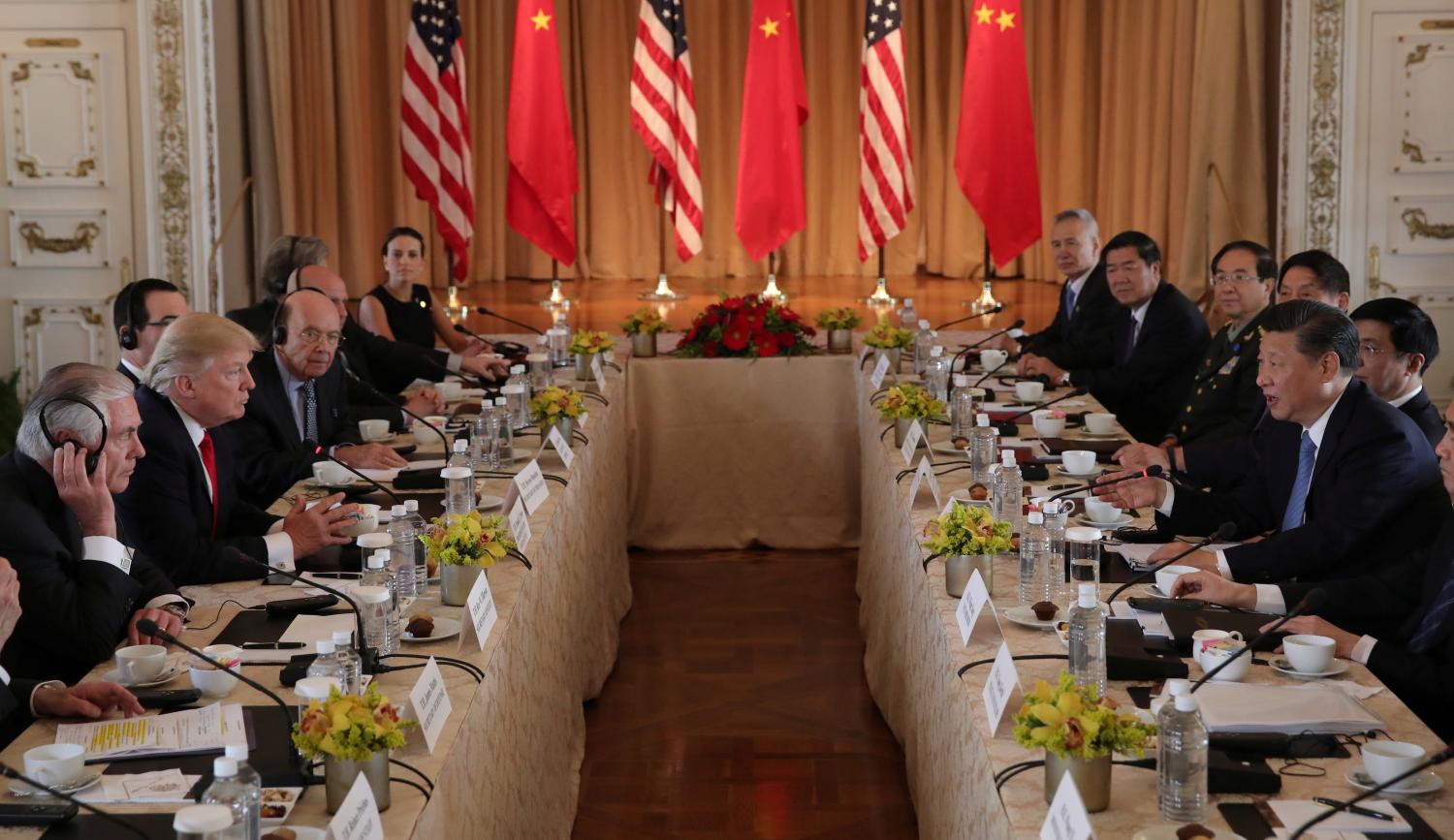
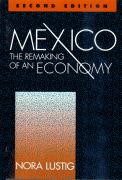


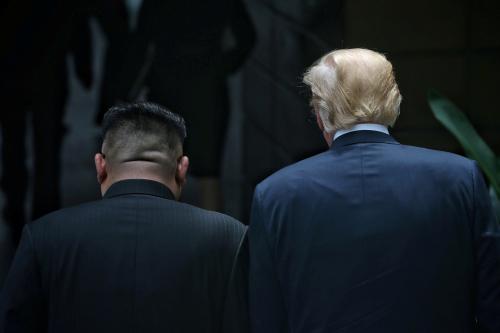
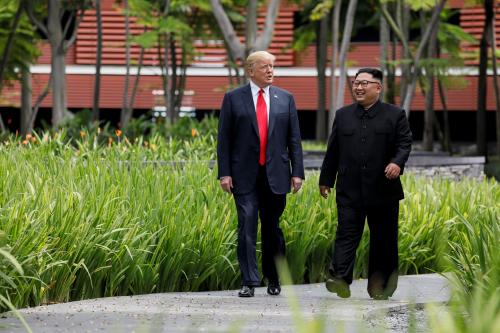


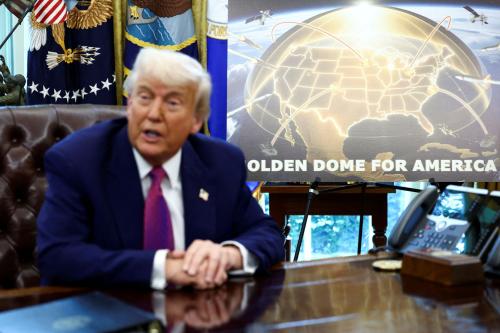
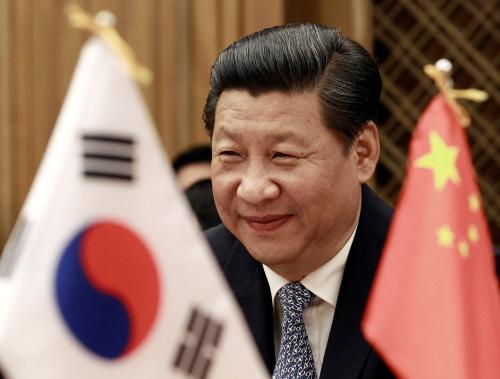
Commentary
The Hanoi summit shines a light on the “Vietnam model” of development
February 27, 2019